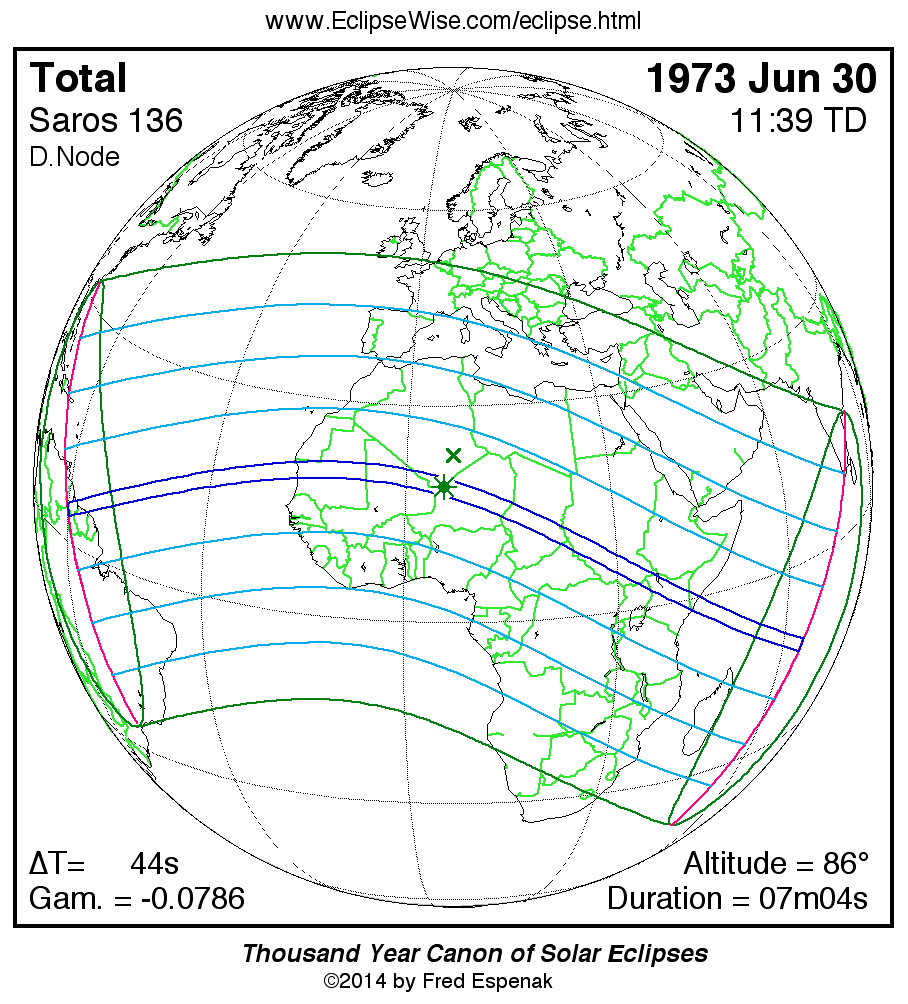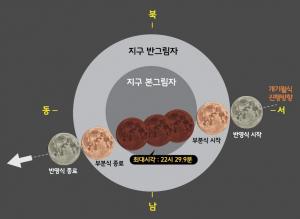
If you search “lunar eclipse live” on YouTube on the day of the event, you should be able to find plenty of streams. However, many organisations will show live streams of the eclipse on social media and YouTube.

Unfortunately, the total lunar eclipse will not be visible from the UK. Durations are given for both partial and total (in bold) phases. It will look as if a bite is being taken out of the opposite side of the lunar disk as before The table below lists every lunar eclipse from 2011 through 2020. 11.42am GMT – Totality ends – As the Moon exits Earth’s umbra, the red colour fades.If you want to take a photo, use a camera on a tripod with exposures of at least several seconds The big issue here will be that it’s before Election Day. the moon will have returned to its well-known silvery hue. Try binoculars or a telescope for a better view. Totality will last for roughly 90 minutes until 3:41 a.m., and by 5:56 a.m. 10.17am GMT – Totality begins – The entire Moon is now in the Earth’s umbra.The part of the Moon inside the umbra will appear very dark To the naked eye, as the Moon moves into the umbra, it looks like a bite is being taken out of the lunar disk. 9.09am GMT – Partial eclipse begins – The Moon begins to enter Earth’s umbra and the partial eclipse begins.The Moon begins to dim, but the effect is quite subtle 8.02am GMT – Penumbral eclipse begins – The Moon enters the Earth’s penumbra, the outer part of the shadow.
Total lunar eclipse time how to#
Here's our guide on how to observe the sun safely.Here’s how the timings break down, according to Nasa: Astrophotographers and astronomers use special filters to safely observe the sun during solar eclipses or other sun phenomena. If you plan on viewing a solar eclipse, remember: NEVER look at the sun with binoculars, a telescope or your unaided eye without special protection. the lower 48 states on the North American continent - will see at least a partial eclipse whereby part of the sun is obscured by the moon's shadow. The penumbral moon phase of the eclipse will begin about an. EDT (0411 GMT) on May 16 before the lunar eclipse ends at 1:55 a.m. Related: Annular solar eclipse October 2023: Plan your trip to see the amazing 'ring of fire' eclipse with these top tipsĭuring both the annular solar eclipse of 2023 and the total eclipse of 2024, all 48 contiguous states of the U.S. The Blood Moon will reach its peak at 12:11 a.m. South America will also experience the annular eclipse as it passes over Colombia before ending off the coast of Natal, Brazil. American space agency NASA has shared a detailed post about the astronomical event on their Instagram handle, which also explains the different stages of moon. It will then continue on to Central America, passing over Mexico, Belize, Honduras and Panama. On November 8, 2022, the Moon will pass into Earths shadow and produce a Total Lunar Eclipse, which will be the last one for three years until March 14, 2025. and travel from the coast of Oregon to the Texas Gulf coast, passing over Nevada, Utah, New Mexico as well as some parts of California, Idaho, Colorado and Arizona, according to NASA. The annular eclipse will begin in the U.S. (Image credit: NASA/Scientific Visualization Studio/Michala Garrison eclipse calculations by Ernie Wright, NASA Goddard Space Flight Center)īefore the total solar eclipse in 2024, many skywatchers will be treated to an annular "ring of fire" solar eclipse on Oct.
Total lunar eclipse time full#
Click the top right corner to expand full screen. 14, 2023 (left) and the April 8, 2024, total solar eclipse. This NASA map shows the paths of the annular "ring of fire" solar eclipse of Oct.

"The last work in creating the animation took about 3 weeks."ĭuring that time Zeiler simulated the arc of an imaginary spacecraft following the moon's shadow. As he had computed a set of moon shadow shapes on Earth for every second of the 2024 solar eclipse crossing North America. The animation was built upon earlier datasets that Zeiler had created for his " Atlas of Solar Eclipses 2020 to 2045". "In the mountainous parts of the path in Mexico, you’ll see how the shadow edge responds to mountain elevations," Zeiler said. He then rendered the moon's shadow, frame-by-frame, on the topography of the area. Zeiler began with lunar terrain data derived from the Lunar Reconnaissance Orbiter to apply corrections to the moon's shadow and accurately predict the timings of totality. Many weeks and multiple data sets were required to create the impressive flyover animation. Solar eclipse from space! Watch the moon's shadow sweep across Earth in satellite footage (video) Lunar eclipses: When, where & how to see them


 0 kommentar(er)
0 kommentar(er)
